John Dirks Canada Gairdner Global Health Award
7b5b97df-0d74-41bc-b1c4-c6903e91f35d.tmb-cfthumb_fb.jpg?Culture=en&sfvrsn=7a146842_2)
One awarded annually. Awarded for scientifically based research that has improved the health and well-being of those facing health inequities worldwide.
Nomination
Countdown
Key Dates
Nominations for the 2025 International and Global Health Awards are due by 11:59 pm PDT on October 1, 2024.
Nominations for the 2025 Momentum Awards are due by 11:59 pm PDT on July 15, 2024.
This are strict deadlines. Nominations received after this date will be considered for the following year.
The 2025 recipients will be announced in March/April 2025, and presented in October of 2025.
The John Dirks Canada Gairdner Global Health Award recognizes the world’s leading researchers who have used rational, scientifically based research to improve the wellbeing of those facing health inequalities worldwide. While a single significant scientific discovery would continue to be sufficient evidence to select a nominee, the Award will also recognize outstanding researchers who apply rational scientific approaches to successful implementation, evaluation and policy interventions.
Gairdner invites nominations from any field of research impacting global health and health inequity. The award is intended for research-focused candidates, not those primarily involved in administrative or advocacy roles. This award can be shared by multiple recipients at the discretion of the Foundation.
Quality nominations are essential to the evaluation process for this award. Packages should be accurate, current, and complete throughout the five year period of consideration. The nomination portal is open each year from mid-April- October 1 for edits, changes or additions by nominators.
Online information sessions are available May-September for those interested in the award and nomination. Please register for a session here or connect with Sarah Devonshire.
Nomination Guidelines
Related Winners
-
.tmb-cfthumb_fb.png?Culture=en&sfvrsn=d36bbfeb_1) 2024
2024 -
 2023
2023José Belizán
José Belizán is an obstetrician, doctor in Biology of Reproduction from Salvador University (Buenos Aires) and doctor in Medicine from Rosario University. He currently works as principal investigator in the Department of Research in Maternal and Child Health, Institute for Clinical Effectiveness in Argentina. He is an associate professor at Tulane University and the University of North Carolina at Chapel Hill (USA) and Senior Researcher at the National Council for Scientific and Technical Research of Argentina (CONICET). -
 2022
2022Zulfiqar Bhutta
MBBS, DCH, FRCP, FRCPCH, FCPS, FAAP, PhD -
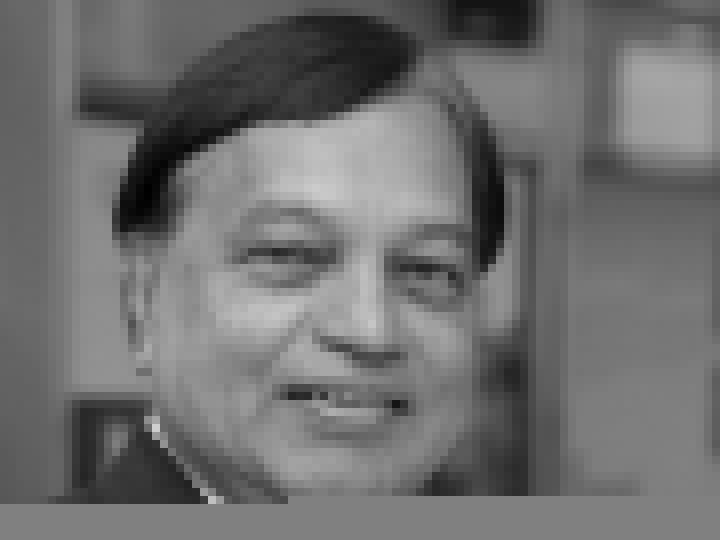 2021
2021Joseph Sriyal Malik Peiris
MBBS, FRCPath, DPhil (Oxon), FHKAM (Path), FRCP, FRS -
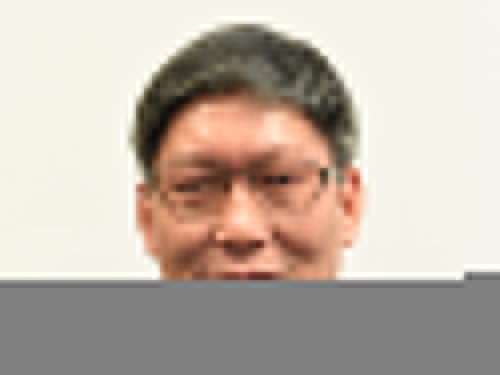 2021
2021Yi Guan
MD, MMedSci, PhD -
 2020
2020Quarraisha Abdool Karim
PhD DSc(hc) -
 2020
2020Salim S. Abdool Karim
MBChB PhD DSc(hc) -
 2019
2019Vikram Patel
PhD FMedSci -
 2018
2018Christopher J. L. Murray
MD, Dphil -
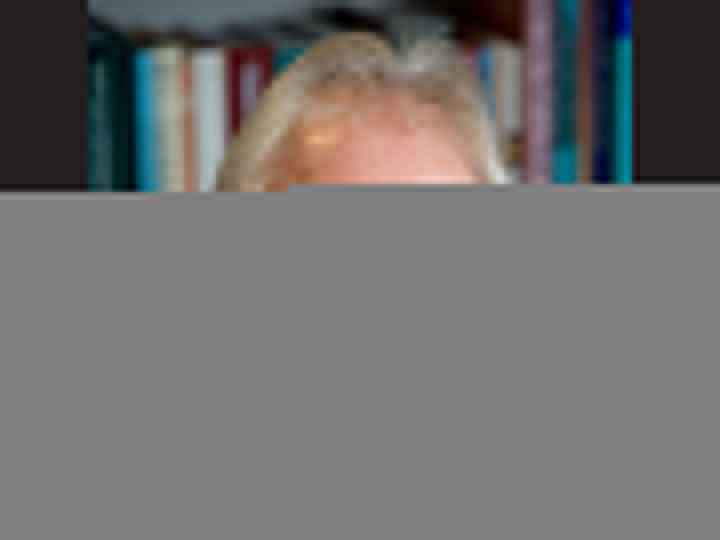 2018
2018Alan D. Lopez
AC, PhD, FAHMS -
 2017
2017Cesar Victora
MD, PhD -
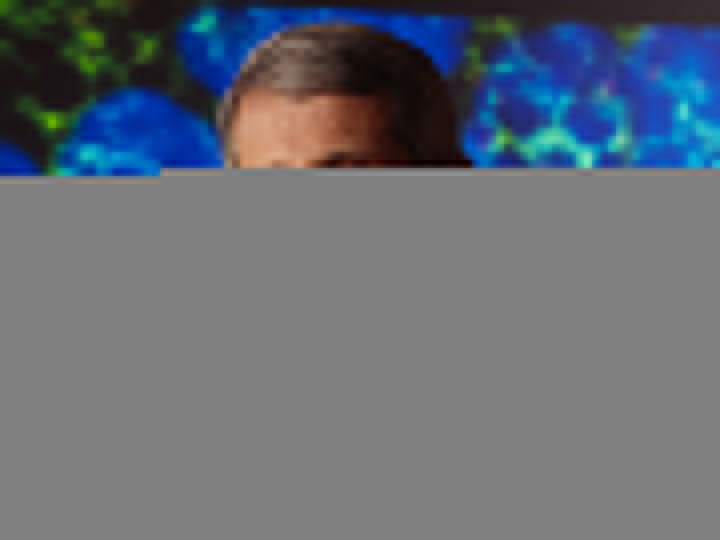 2016
2016Anthony Fauci
MD, OMRI
Related events
-
Past
.tmb-cfthumb_fb.png?Culture=en&sfvrsn=9d84881_1)
2024 Canada Gairdner Awards Announcement
Join us online on April 11th, 2024, from 10:00 to 11:00 a.m. ET, as we unveil the 2024 Canada Gairdner Awards winners and celebrate their groundbreaking research achievements!Engage in a live Q&A ... -
Past
.tmb-cfthumb_fb.jpg?Culture=en&sfvrsn=56753e71_1) Multi day event-
Multi day event-Gairdner Science Week 2023
Join us as we convene Gairdner laureates and global health leaders for a week of symposia, mentoring sessions, panels and a Gala celebration to celebrate scientific research that impacts the health an... -
Past

2023 Canada Gairdner Award Announcement
Join us on March 30, 2023 from 9:00 to 10:00 a.m. ET when we announce the 2023 Canada Gairdner Awards laureates, including our inaugural Canada Gairdner Momentum Award winners. -
Past
4b283203-bd66-4703-9931-63bf90bd40df.tmb-cfthumb_fb.png?Culture=en&sfvrsn=226f8d1b_1)
Child Health and the Sustainable Development Goals (SDGs) – How to Move forward to Address Global Inequities
Gairdner Global Perspective Panel -
Past
.tmb-cfthumb_fb.png?Culture=en&sfvrsn=2ead4e4f_1) Multi day event-
Multi day event-Gairdner Science Week 2022
Join us as we convene Gairdner laureates and global health leaders for a week of symposia, mentoring sessions, panels and a Gala celebration to celebrate scientific research that impacts the health an... -
Past
 Multi day event-
Multi day event-Navigating Transitions: Current Global Challenges in School-Age and Adolescent Health
Following closely on the launch of The Lancet Series “Optimizing Child and Adolescent Health and Development” on April 28, Gairdner, International Development Research Centre (IDRC) and The Hosp... -
Past

2022 Canada Gairdner Awards Announcement
n Tuesday, April 5 at 10:00 am ET, Gairdner will announce the 2022 Canada Gairdner Award laureates. Join us as we celebrate this year’s laureates at an interactive virtual event. -
Past
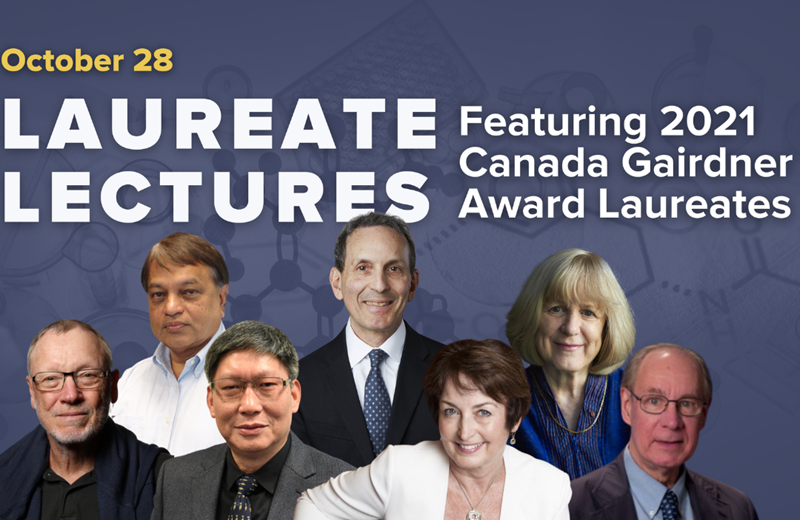
2021 Gairdner Laureate Lectures
Our seven 2021 Canada Gairdner Awards laureates share their award-winning science, joined by five outstanding Canadian Early Career Investigators sharing their current research in the winning fields.H... -
Past
.tmb-cfthumb_fb.png?Culture=en&sfvrsn=cb3612ca_1)
From Gene to Genomics and Epigenomics: The Future of Cancer Precision Medicine
Gairdner Science Week SymposiumFeaturing 2021 Canada Gairdner Award Laureates Mary-Claire King and Elizabeth Eisenhauer, and international research leaders Charles Swanton (Fr... -
Past
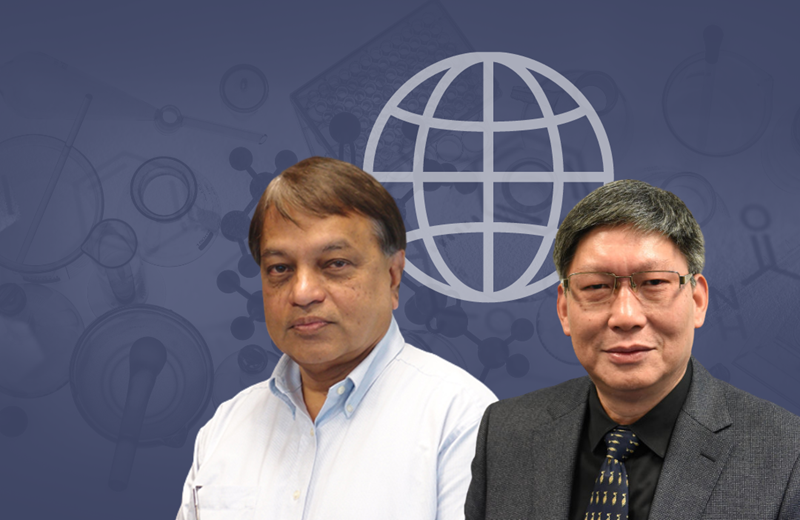
One Health, One World: From Antibiotics to Zoonoses
Celebrating 2021 Canada Gairdner Global Health Award Laureates Joseph Sriyal Malik Peiris and Yi Guan on Wednesday, October 27, 2021, one week prior to Global One Health Day (November 3, 2021). Speake...




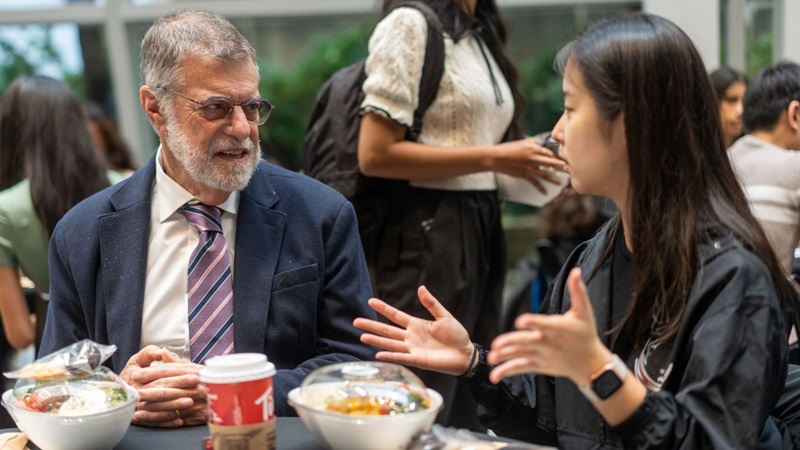
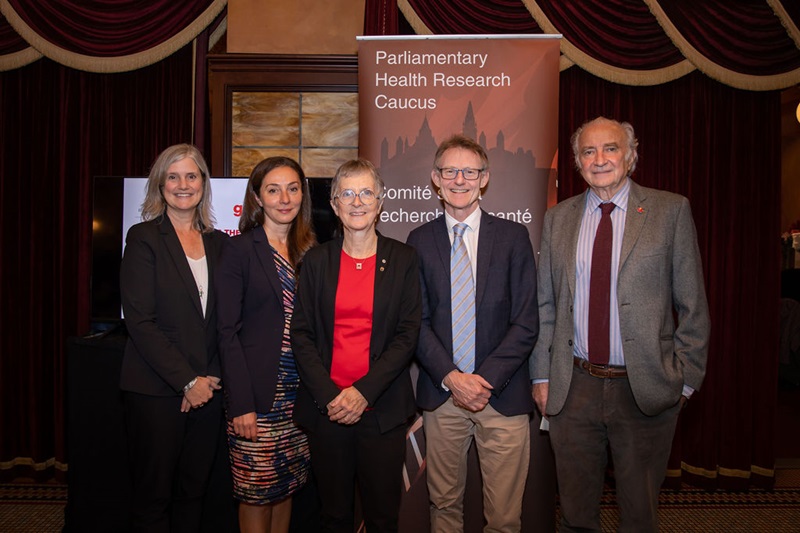
.tmb-cfthumb_fb.png?Culture=en&sfvrsn=eb7be111_1)